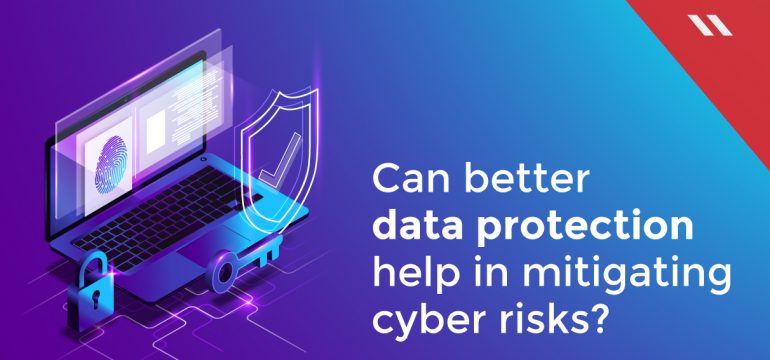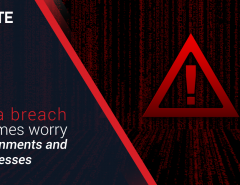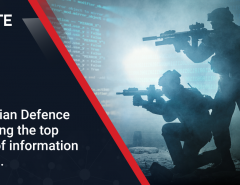In September 2019, a massive data breach impacted an estimated 20 million people in the South American country of Ecuador. The population of Ecuador itself is 17 million which meant almost the entire population was at risk due to this data breach. It was a very recent reminder to the entire world about the need to implement better data protection mechanisms.
Cybersecurity experts and researchers understand that cybersecurity is the kind of domain where no sort of framework or mechanism will ever be foolproof. When it comes to cyber threats, the risks are many, varied and relentless – and as CIOs of enterprises nowadays put it, “It’s not about if, but when your company will be attacked”.
Data protection has assumed immense importance as enterprises scramble to find the best solution to secure their data. This represents a strategic shift in thinking – enterprises are waking up to the reality that their data is always at risk and they have to find out ways to keep it safe from external attacks.
The Value of Data
The global average cost of a data breach was $3.92 million, according to a study by Ponemon Institute. Reverse that statistic and you understand the importance of data. Data breaches are an enterprise’s worst nightmare precisely because the data they contain is extremely valuable. Cybercriminals of all shades, from script kiddies to hardened hackers, wage a relentless war to gain access to that information and find a way to profit from it, whether it is through ransomware or selling it on the dark internet.
Classification of data
The first step towards better data protection for any enterprise is proper classification. Enterprises now deal with terabytes of data flowing through their networks. It’s important to separate the grain from the chaff and that means understanding and classifying the data flowing through the enterprise. All types of data may not have the same threat factor, i.e. some type of data, like future expansion plans, confidential prototypes or financial details, will be more important to the company and will need strong controls.
The backup framework
Better data protection can only be achieved when an enterprise’s data is backed up. This ensures that it is not at risk to immediate threats and in worse case scenarios, can be recovered sufficiently quickly to prevent long-term loss to the enterprise. There are various strategies for backing up enterprise data – the 3-2-1 Strategy is recommended where –
- Three copies of data are kept so that no single one event can destroy all copies
- The data is stored in two different formats (cloud, disk, etc.)
- One copy of the data is kept away from the company’s premises to guard against natural disasters
Employees are your greatest strength and weakness
An enterprise’s employees play a distinctively important role in creating a culture of data protection and security. Employees must also be regularly made aware of the threats that exist in the wild and must be reminded of the various steps they must also take on an individual and an employee level to keep company data secure.
Seqrite, a leader in cybersecurity, provides a secure platform for businesses to keep their data safe. A multi-layered solution offers a range of powerful tools to allow enterprises to guard against malware, detect vulnerabilities and unauthorize alien access, leading to a risk-free enterprise.




